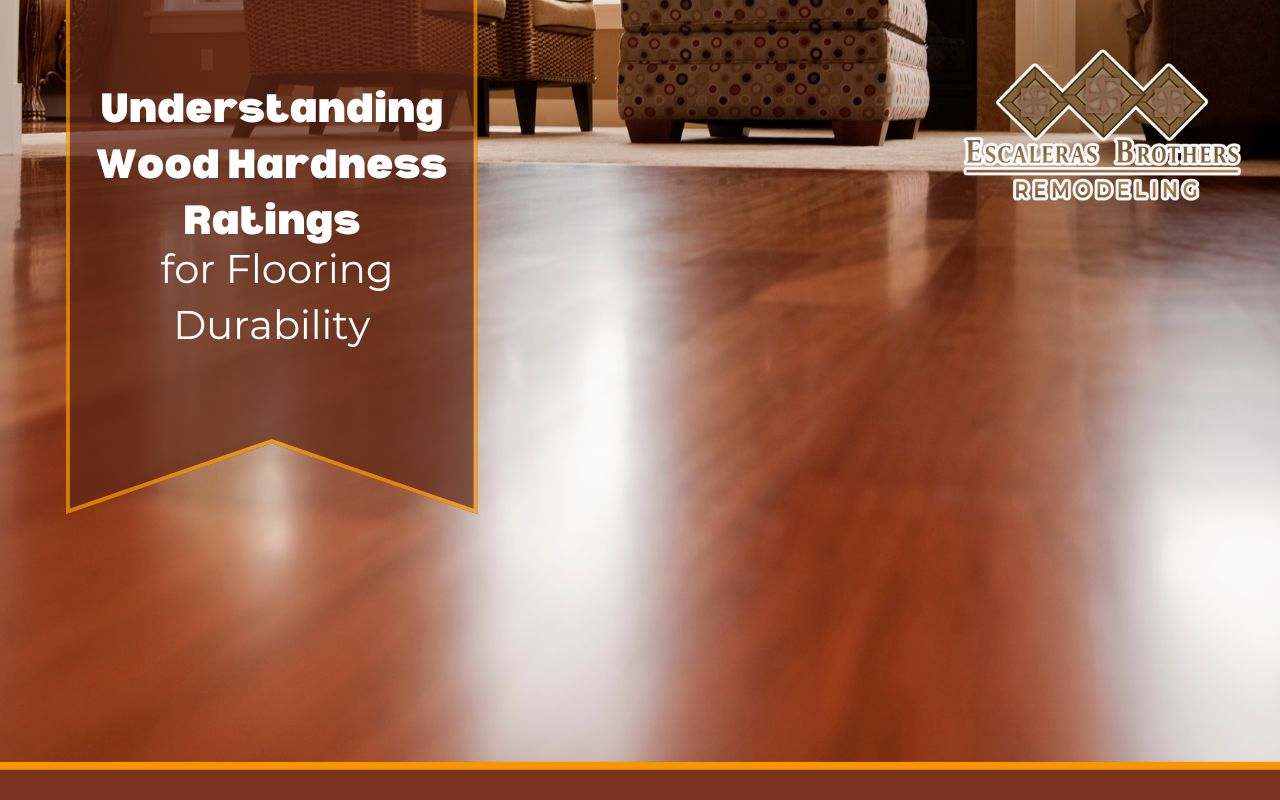
When selecting hardwood flooring, wood hardness ratings help you choose a material that can withstand daily wear and high-traffic areas. The Janka Hardness Rating, the industry standard for measuring wood strength, provides valuable insights into each wood species’ durability. In this post, we’ll explore what wood hardness ratings mean and how they can guide your flooring choice.
What Are Wood Hardness Ratings and Why Do They Matter?
Wood hardness ratings measure a wood species’ resistance to wear and denting, with higher ratings indicating greater durability. Understanding these ratings allows you to select a hardwood that fits your household’s needs, ensuring your floors last for years with minimal damage.
The Janka Hardness Test Explained
The Janka Hardness Test measures how much force is required to embed a steel ball halfway into a wood sample. This rating, measured in pounds-force (lbf), indicates the wood’s resilience. Hardwoods with high Janka ratings, such as hickory and Brazilian cherry, are extremely durable, while softer woods like pine have lower ratings and may dent more easily. Knowing the Janka rating of a wood type helps you predict how well it will hold up in high-traffic areas. For busy households, choosing a hardwood with a high Janka rating is often a wise choice for lasting durability.
Popular Hardwood Species and Their Ratings
Here’s a look at some popular hardwood species and their Janka ratings:
- Hickory: 1,820 lbf – Highly durable, ideal for high-traffic areas.
- White Oak: 1,360 lbf – Strong and versatile, suitable for most homes.
- Maple: 1,450 lbf – Durable and scratch-resistant, good for active households.
- Red Oak: 1,290 lbf – Classic choice that balances strength and beauty.
- Pine: 380–870 lbf – Softer wood, better for low-traffic areas.
Each species has unique qualities that contribute to its suitability for different rooms and uses. Harder woods are excellent for areas like living rooms and hallways, while softer woods can work well in less trafficked spaces.
Choosing the Right Hardness Level for Your Needs
To select the best wood for your floors, consider the level of activity in your home. Families with children or pets often benefit from harder woods that resist dents and scratches, keeping floors looking new for longer. In lower-traffic spaces, softer woods provide an attractive, warm look without the need for extreme durability. Additionally, the finish you apply can also protect the floor from wear, even if the wood has a lower hardness rating. This balance allows you to achieve both the aesthetic and performance that best suits your household.
Select the Perfect Hardwood for Your Lifestyle
Understanding wood hardness ratings is essential for choosing a floor that meets your durability needs. High-traffic areas benefit from stronger woods, while lower-traffic areas allow for more flexibility in choosing softer species. With these ratings in mind, you can confidently select hardwood that lasts beautifully over time. Contact us today to explore our durable hardwood options. Our team can help you find the right wood species with the perfect hardness rating to match your lifestyle and design preferences.

